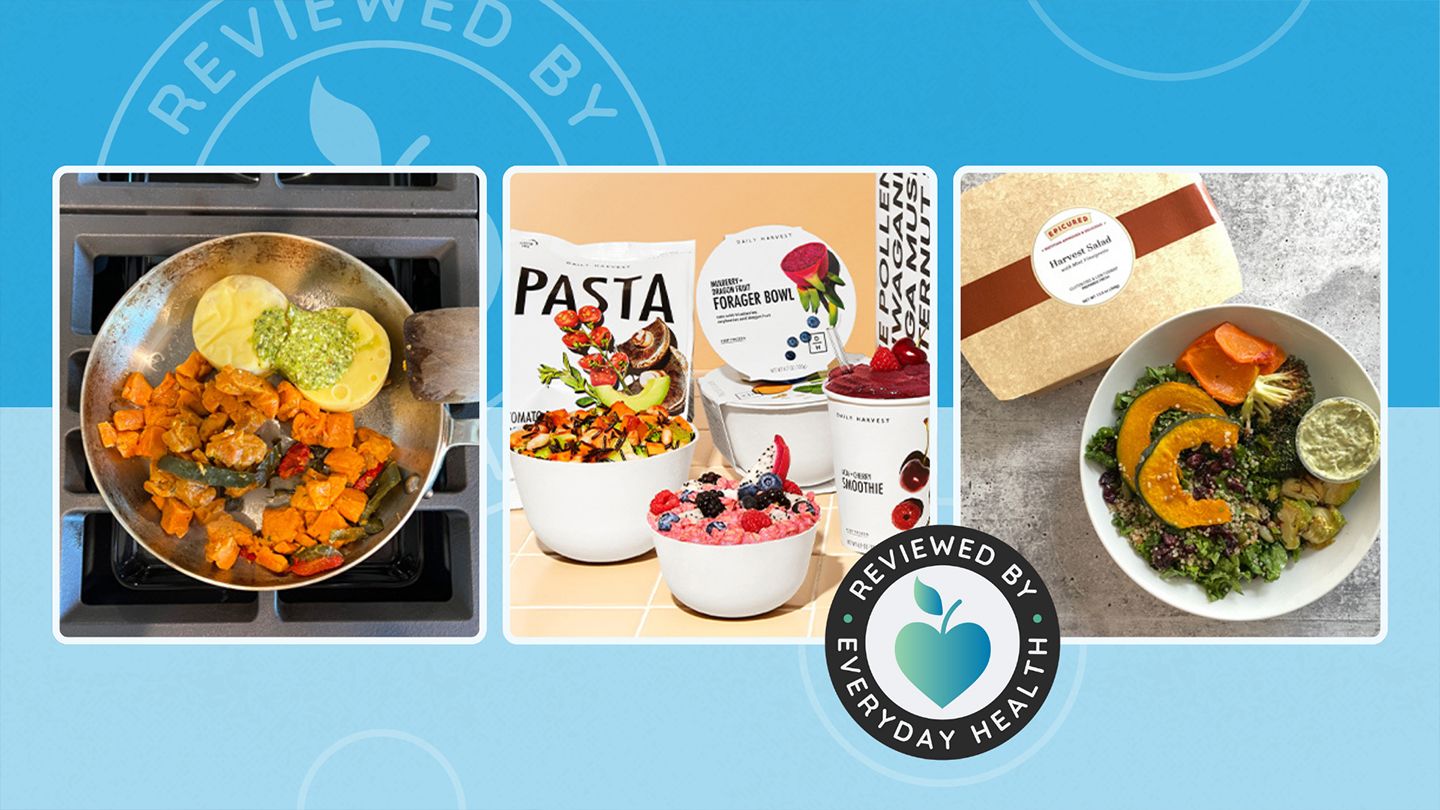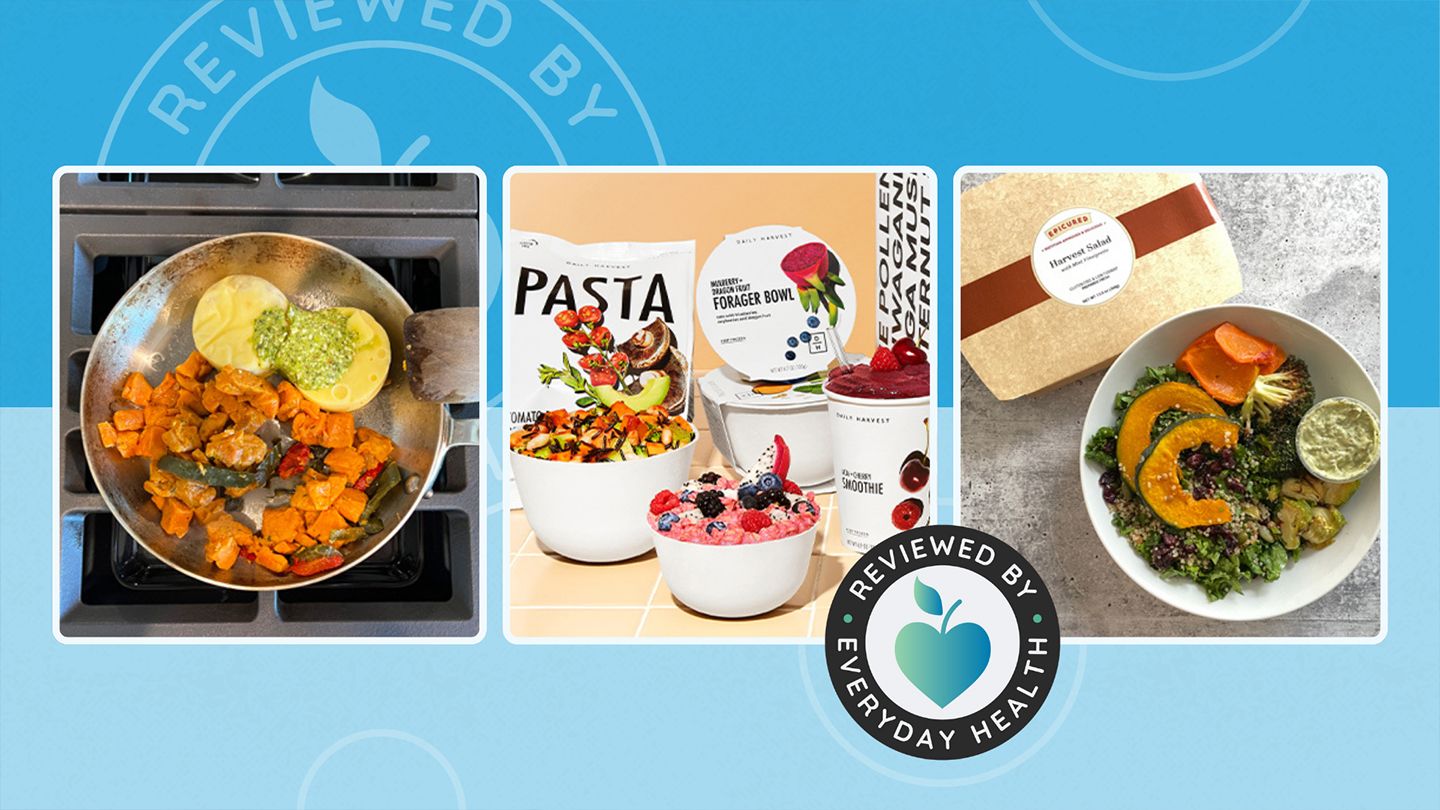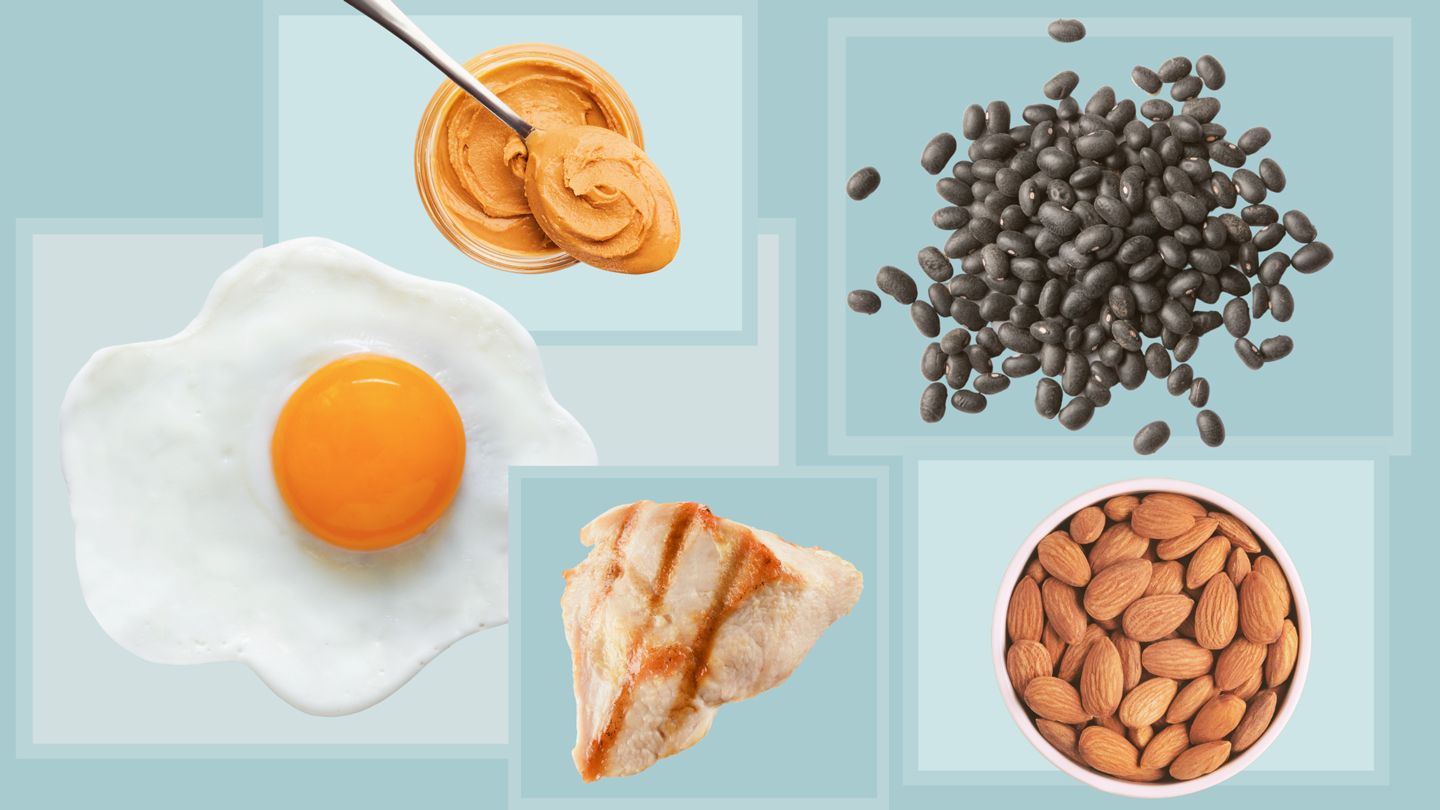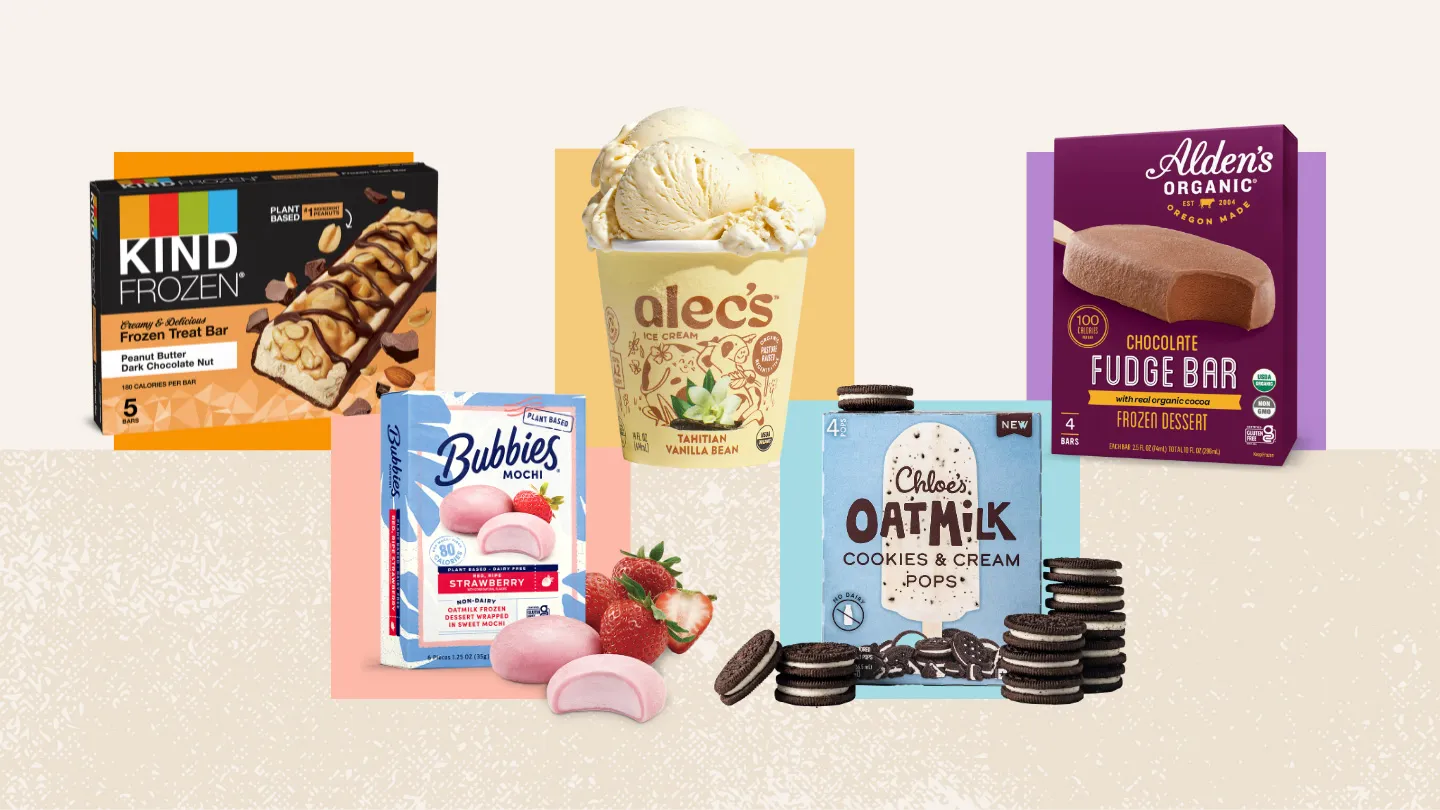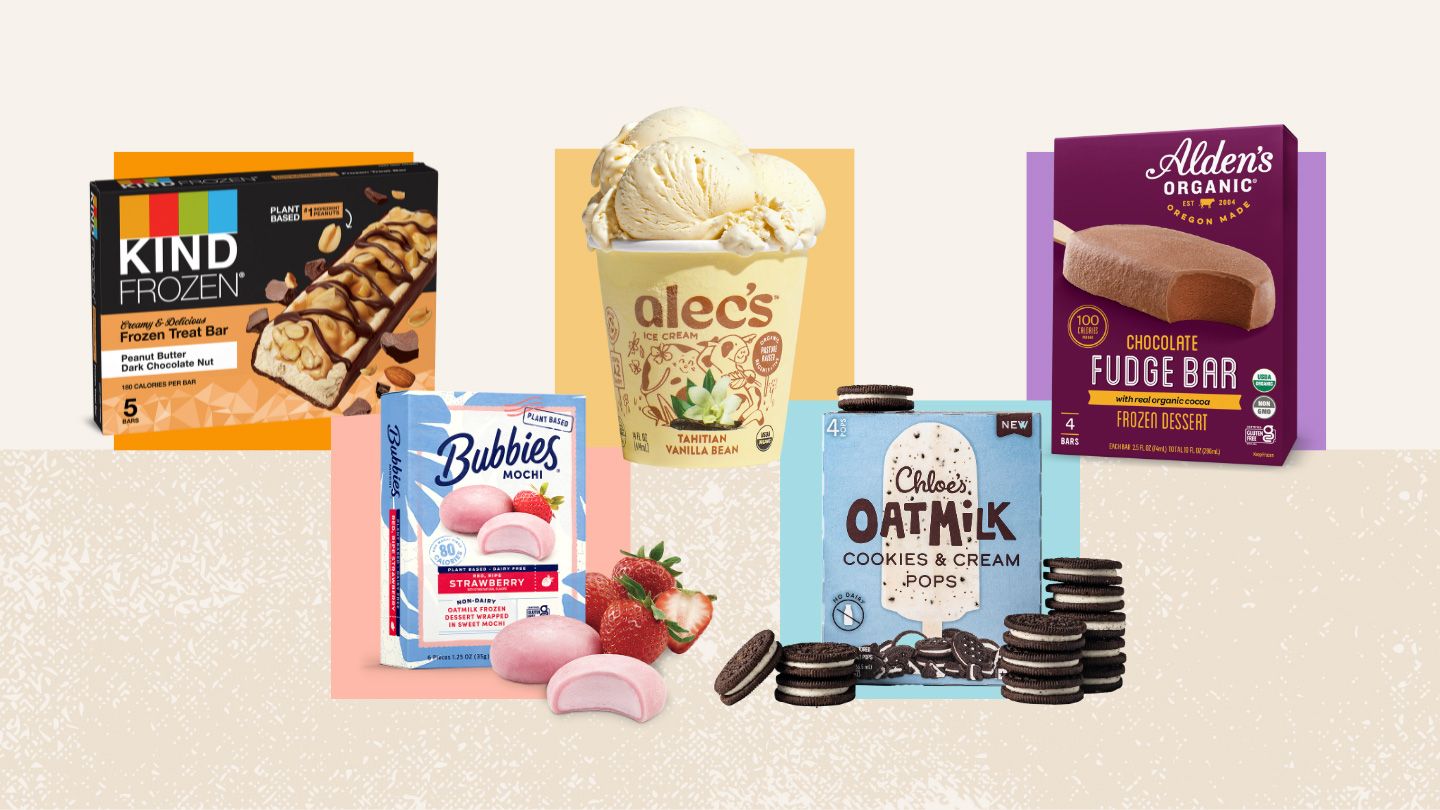Understanding the Difference Between Lactose Free and Dairy Free
For those with lactose intolerance or a dairy allergy, navigating food and drink options can be challenging. While lactose free and dairy free sound similar, they have distinct meanings for those avoiding milk-based products.
What is Lactose Intolerance?
Lactose intolerance is a condition where people lack adequate levels of the enzyme lactase needed to properly digest lactose, the natural sugar in milk. This leads to gastrointestinal issues when consuming dairy products.
The most common symptoms of lactose intolerance include bloating, abdominal cramps, gas, diarrhea, and nausea after eating/drinking dairy. The severity depends on the individual and amount consumed.
Many people with lactose intolerance can tolerate small quantities of dairy. The condition ranges from mild to severe.
What Foods Contain Lactose?
All dairy products contain lactose since they are made from animal milk. This includes milk, yogurt, cheese, cream, butter, and ice cream. Uncooked dairy foods have higher lactose content.
Dairy byproducts like whey protein powder and casein also contain lactose. Many convenience foods, baked goods, soups, sauces, mixes, and prescriptions contain added milk ingredients.
What Does Lactose Free Mean?
A product labeled lactose free has had virtually all the lactose removed or broken down. This allows those with lactose intolerance to consume the item without ill effects.
Lactose free milk is typically produced by adding the lactase enzyme to regular milk. The lactase pre-digests the lactose. Other methods like filtration may be used as well.
People who are lactose intolerant can drink and eat lactose free dairy products without issue. They provide the same nutrients as regular dairy.
What is a Dairy Allergy?
A dairy allergy is different than lactose intolerance. With an allergy, the immune system identifies milk proteins like casein or whey as harmful and triggers an immune reaction.
Symptoms of dairy allergy can include hives, rash, vomiting, diarrhea, stomach pain, coughing, wheezing, and even life-threatening anaphylaxis.
People with a dairy allergy must completely avoid all dairy products, not just those high in lactose. Even small traces of milk ingredients can trigger reactions.
What Does Dairy Free Mean?
Dairy free means a food product contains absolutely no dairy ingredients whatsoever, including any milk-based proteins, sugars, solids, or fats.
Those with a dairy allergy can safely consume dairy free foods. However, people who simply have lactose intolerance can still potentially react to small amounts of dairy protein or fat in products labeled dairy free.
It pays to check ingredient lists carefully for milk derivatives like casein, whey, butter oil, curds, delactosed whey, milk solids, etc. Terms like "nondairy" do not guarantee 100% dairy free status.
Lactose Free Diet Overview
On a lactose free diet, moderating overall dairy intake while including lactose free dairy options allows most people with lactose intolerance to avoid unpleasant symptoms.
This provides adequate calcium and other nutrients found in dairy that support bone, muscle, and nerve health without the adverse effects.
Many find they can include small amounts of regular dairy in their diets, like a sprinkle of cheese or dollop of real cream in coffee. Identifying individual tolerance levels is key.
Dairy Free Diet Overview
A dairy free diet entails exclusion of all dairy-based foods, from obvious sources like milk and yogurt to hidden products with milk solids or casein.
Reading ingredient labels is imperative to identify foods to avoid. Watching out for dairy in prescriptions and vitamin supplements is also important.
Getting sufficient calcium and vitamins D and B12 on a dairy free diet requires incorporating plant-based milks and yogurts fortified with these nutrients or taking supplements.
Lactose Free Substitutions
Fortunately, many lactose free substitutions exist:
- Lactose-free milk
- Plant-based milks like almond, coconut, oat, soy
- Lactose-free yogurts and ice creams
- Aged, harder cheeses like cheddar and Swiss
- Lactose-free cream cheese, sour cream
Aged cheeses contain less lactose since bacteria used in processing consume most of the lactose. Yogurts with live active cultures are also easier to digest.
Dairy Free Substitutions
Those avoiding all dairy have many plant-based options:
- Plant milks like almond, oat, rice, coconut, soy, hemp
- Dairy free yogurts made from coconut, soy, etc.
- Vegan cheeses made from nuts, soy, etc.
- Coconut, soy, oat, nut-based ice creams/frozen desserts
Choosing unsweetened and unflavored varieties allows adapting plant milks for savory cooking/baking uses like mashed potatoes or cream sauces.
label Reading Tips
When selecting lactose free or dairy free products, here are some label reading tips:
- Check ingredient lists for milk-based ingredients
- Look for "dairy free" and "lactose free" claims on packaging
- Beware of "non-dairy" labels, as they may still contain milk derivatives
- Watch for "may contain milk" statements for potential cross-contamination
Contacting manufacturers directly can provide clarification if ingredient statements are unclear.
Key Takeaways
Understanding the difference between lactose free and dairy free is important for managing lactose intolerance and milk allergies. While lactose free foods are suitable for lactose intolerance, those with a dairy allergy must stick to totally dairy free options.
Thankfully, many plant-based alternatives to dairy foods now exist. Carefully reading labels remains essential to ensure products align with specific dietary needs and avoid adverse reactions.
FAQs
Can you drink lactose free milk if you have a dairy allergy?
No, those with a dairy allergy must avoid all dairy products, even if labeled lactose free. Lactose free products still contain milk proteins that can trigger an allergic response.
What plant-based milks are highest in calcium?
Fortified soy, almond, and oat milks tend to be higher in calcium. Coconut milk is not a good source of calcium.
Can aged cheeses be eaten on a dairy free diet?
No, aged and hard cheeses still contain milk proteins and should be avoided on a dairy free diet. Only non-dairy cheeses made from plants are permissible.
What vitamins and minerals are important to supplement on a dairy free diet?
Calcium, vitamin D, vitamin B12, and sometimes riboflavin are nutrients that may need supplementation without dairy foods.
Disclaimer: This article is for informational purposes only and does not constitute medical advice. Always consult with a healthcare professional before starting any new treatment regimen.
Related Coverage
For those avoiding dairy, delicious plant-based alternatives abound. Learn about nutritious and tasty soy, nut and coconut milks, cheeses, yogurts, ice creams....
The latest statistics on the UK construction industry show growth overall but ongoing challenges with skills shortages and rising costs. The sector grew by 2.8%....
Discover the best non-dairy cereal milk options for lactose intolerance including soy, almond, coconut, oat, cashew, hemp and rice milk plus recipes and diet tips....
Want to know if you can eat buffalo mozzarella cheese on a lactose-free diet? Learn about the lactose content of buffalo mozzarella and how to add it to low lactose recipes....
Find the top lactose-free protein foods including tofu, beans, nuts, seeds, eggs and dairy-free protein powders to add to your low lactose diet....
Learn about the lactose content in different types of goat cheese and goat milk. Get tips for including goat cheese in a low-lactose or lactose-free diet....
Lactaid and other lactose-free ice creams allow those with lactose intolerance to enjoy a creamy treat. Learn how Lactaid ice cream differs nutritionally and get tips for incorporating into an intolerance diet....
Sherbet contains some dairy, but can often be dairy-free. Explore the ingredients in sherbet, nutrition facts, health benefits, tips for eating, and recipes....
Traditional orange sherbet recipes contain milk, cream or other dairy ingredients. But coconut, nut or soy milk offer easy dairy-free substitutes to still enjoy the sweet treat....
Take this lactose intolerance quiz to help determine if you have difficulty digesting dairy. Learn about the common symptoms, causes, diagnosis and treatment options....
